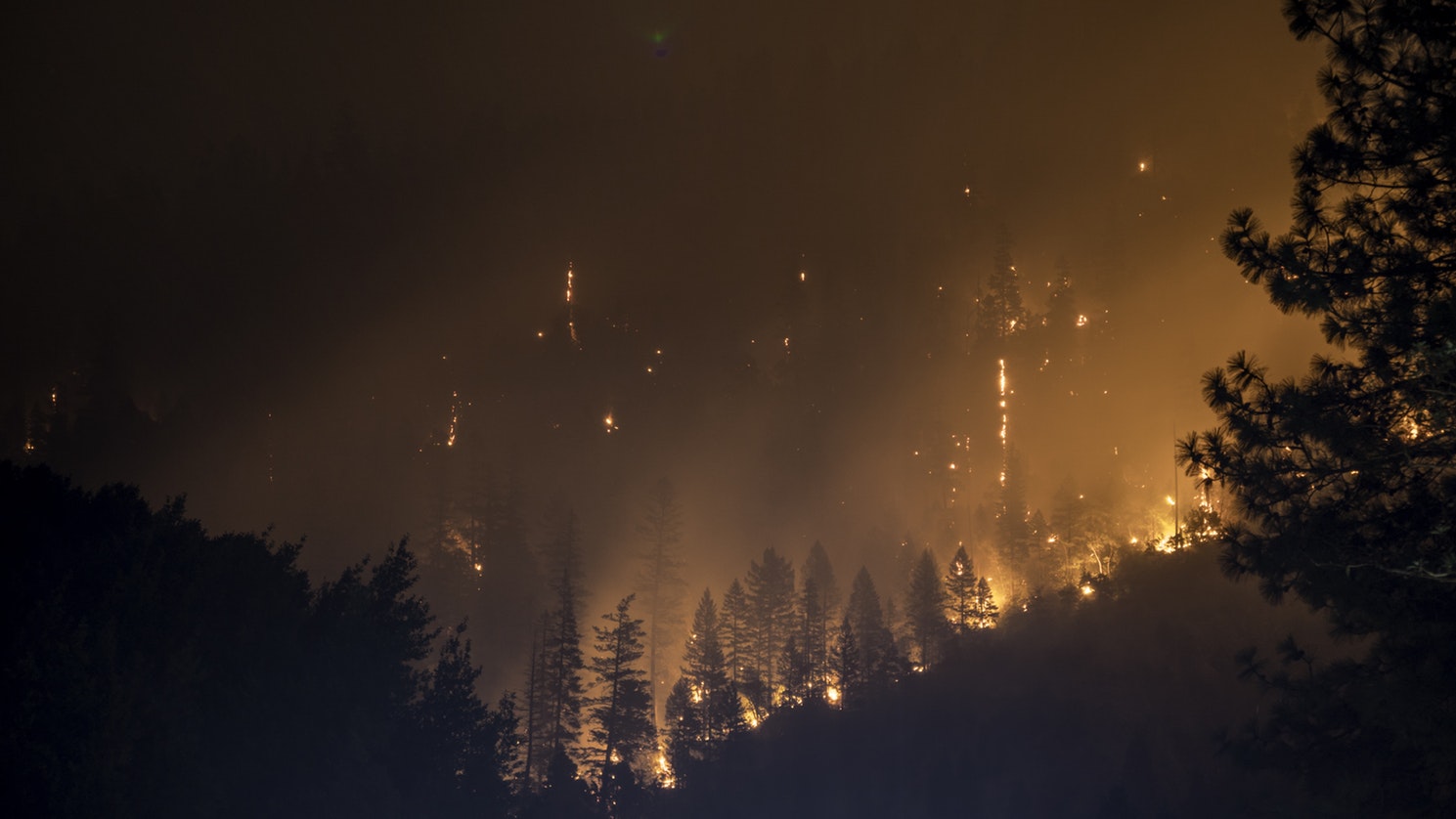Seeley Lake: Forest Service to log 3,494 acres burned by Rice Ridge fire
Posted: September 17, 2018Source: Missoula Current

Forest supervisor Tim Garcia said his decision allows the salvage of about 26 million board feet of “fire-affected timber,” as well as the removal of hazard trees along 25 miles of Forest Service roads and the reforestation of 16,526 acres.
The reforestation work will include both planting and natural regeneration.
The Rice Ridge fire burned for months during the summer of 2017 in and around Seeley Lake, forcing long weeks of evacuations and air-quality alerts.
Garcia’s decision also approves the “storage, decommissioning and relocation” of several roads to improve water quality and fish habitat in Spring Creek and Morrell Creek.
In a written announcement, forest officials said four timber sales will be advertised later this month and in early October.
“The sales will recover economic value to support local communities and offer logs to Montana’s forest products industry,” the announcement said. “In part, timber sale receipts will fund tree planting and road work necessary to stabilize the burned area.”
The timber-cutting was hastened by the approval – by the chief of the Forest Service – of an emergency situation determination which allowed a hastened environmental review.
The faster timetable recognized the need to remove fire-affected trees while they still have commercial value.
In part, the process removes a three-month, pre-decisional objection period.
In the announcement, Seeley Lake district ranger Rachel Feigley said an environmental assessment prepared for the project analyzed three alternatives: no action, a modified proposed action and an alternative that included no temporary roads.
The options were developed in response to public comment received on the Lolo Forest’s initial December 21, 2017 proposal.
“The project was carefully designed to avoid environmental harm considering the sensitive nature of the post-burn environment with the largest of the alternatives proposing salvage on less than 5 percent of the burned area on the Lolo National Forest,” the announcement said.
“I considered the range of public comment and findings of the environmental analysis when making my decision,” Garcia said in the statement. The Forest Service received a variety of public comments, from those opposed to salvage and those who felt that more salvage should be proposed. The analysis prepared for the project found no signficant impacts associated with the three alternatives.
“The project is located in an area allocated to timber management in the Lolo Forest Plan. Habitat for the threatened Canada lynx was avoided, and streams were buffered to ensure protection of water quality and habitat for fish. The limited scope and scale of project activities are not expected to disrupt grizzly bear that may be present in the area.”
